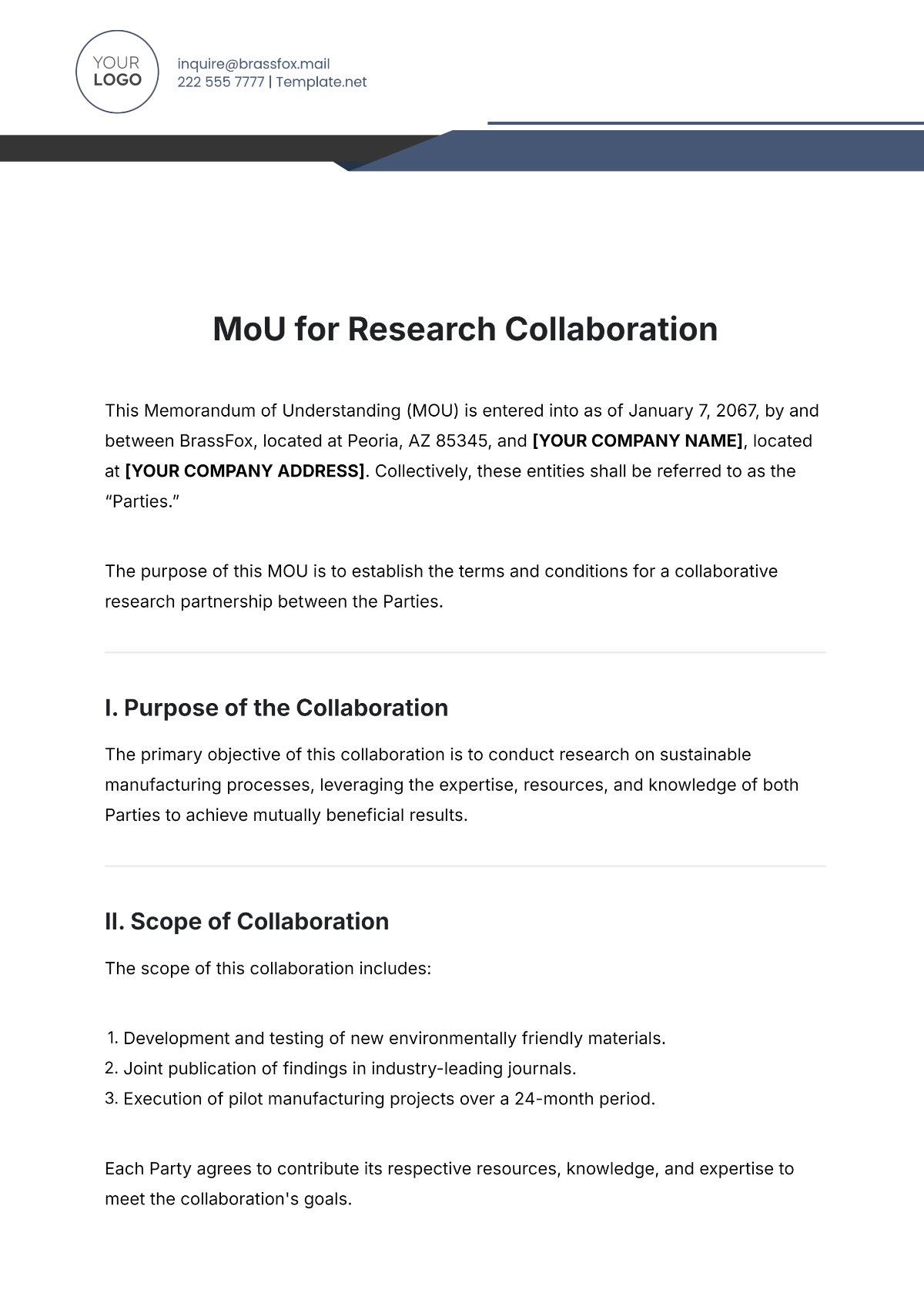Observational Study for Professionals
I. Executive Summary
This observational study aimed to evaluate the productivity of employees in remote work settings versus traditional office environments by observing 50 employees from various departments over a span of three months, both remotely and in-office. The study concluded that remote employees exhibited higher productivity and job satisfaction but faced more communication challenges, leading to a recommendation for organizations to conduct regular virtual check-ins and improve remote communication tools to boost productivity and satisfaction.
II. Introduction
Background: With the increasing trend of remote work, understanding its impact on employee productivity is crucial for optimizing work arrangements.
Objective: The objective of this study was to evaluate how remote work influences productivity and job satisfaction compared to traditional office settings.
Research Questions:
How does productivity in remote work settings compare to office environments?
What are the main challenges faced by remote workers?
Significance: The findings will help organizations make informed decisions about remote work policies and improve employee engagement.
III. Methodology
Study Design: This was a comparative observational study using naturalistic observation methods.
Participants: 50 employees from various departments volunteered for the study. Participants were selected to represent different job roles and levels within the organization.
Setting: Observations were conducted in two settings: the participants' home offices and the company’s main office.
Data Collection: Data was collected through direct observation, employee surveys, and productivity tracking software.
Data Analysis: The data was analyzed using thematic analysis for qualitative feedback and statistical analysis for productivity metrics.
IV. Results
Findings:
Productivity: Remote workers demonstrated a 15% increase in productivity compared to their office-based counterparts.
Job Satisfaction: 80% of remote workers reported higher job satisfaction due to increased flexibility.
Challenges: 60% of remote workers experienced difficulties with team communication and collaboration.
Data Presentation: Productivity metrics and survey results are summarized in the attached charts and graphs.
V. Discussion
Analysis: The increase in productivity among remote workers may be attributed to fewer office distractions and a more flexible schedule. However, communication challenges highlight the need for improved remote collaboration tools.
Comparison: The findings align with existing research indicating higher productivity in remote work but also reveal unique challenges faced by employees.
Implications: Organizations should consider maintaining flexible work options and investing in better remote communication tools to address the identified challenges.
Limitations: The study’s short duration and limited sample size may affect the generalizability of the findings.
VI. Conclusion
Summary: The observational study indicates that remote work can lead to higher productivity and job satisfaction, although communication remains a key challenge.
Recommendations: Organizations should implement regular virtual meetings and invest in advanced communication technologies to support remote workers.
Future Research: Further studies could explore the long-term effects of remote work on productivity and employee well-being.
VII. References
Smith, J. (2053). Remote Work Productivity: A Comprehensive Review. Journal of Workplace Research.
Doe, A., & Brown, B. (2054). The Challenges of Remote Work Communication. International Journal of Organizational Behavior.

















































